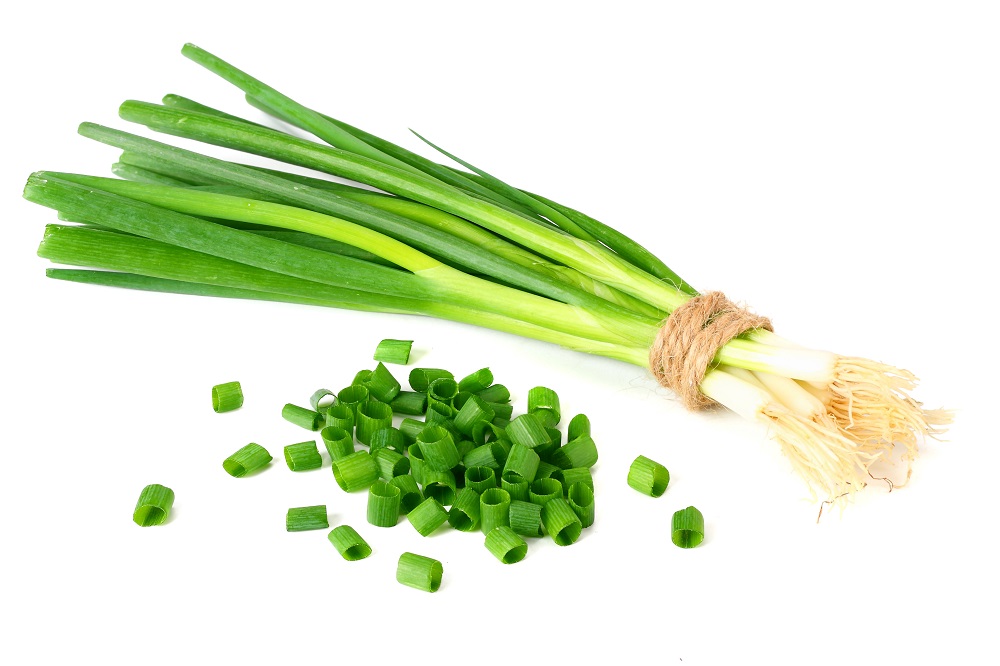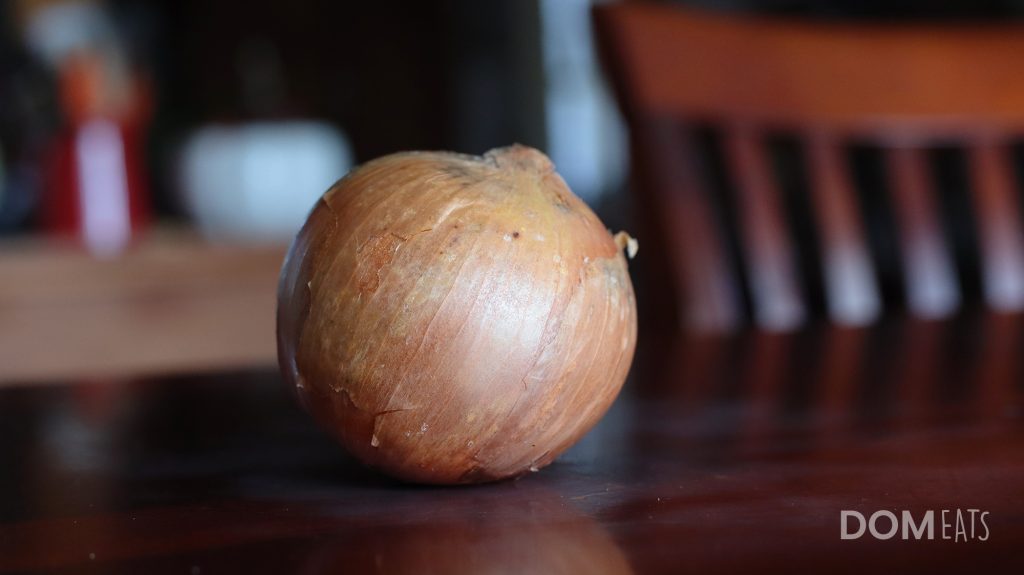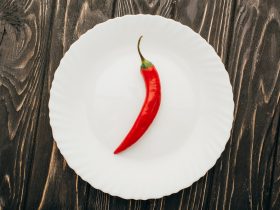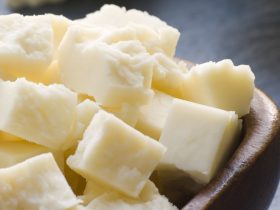Otherwise known as scallions, the spring onion is an immature and unsprouted form of several different species of onion, harvested before they have had the chance to grow to any significant size or develop a more intense and pungent flavor.
Spring onions often appear to be paper-thin green stalks with a pale distal end, occasionally covered in a furry mass of roots. If allowed to mature, this white area of the spring onion will eventually develop into a fully grown onion bulb.
Spring onions are primarily used in cooking so as to impart a somewhat weaker but nonetheless characteristic pungency that is normally found in fully mature onions. This weakened and milder flavor may be useful in certain recipes wherein the full strength of an onion would be overpowering and unpleasant.
The most common substitutes for spring onions include chives, white or yellow onion, shallots, and onion powder.
Why Should Spring Onion be Substituted?
A variety of reasons may be behind the decision to substitute spring onion with a similar ingredient, such as in the case of dietary restrictions like allergies or autoimmune gastric disorders.

In situations such as these, it is important to choose a substitute that does not share the same sort of chemical compounds or stimuli that activate the individual’s dietary disease.
Other instances of spring onion substitution may be a lack of availability, attempting to create a more exotic dish by switching out relatively common ingredients like spring onion, or even simple personal preference such as a dislike of spring onions themselves.
Can Spring Onions be Substituted with Onions?
As previously mentioned in the beginning of this article, spring onions are simply the immature and young version of ordinary onions, essentially making them the exact same type of vegetable save for the fact that spring onions were simply harvested at an earlier stage of their growth period.
As such, it is entirely possible to substitute spring onions with other types of mature onions, though this comes with the caveat that onions will generally be significantly more intense in practically every way than the spring onions themselves.
This may make substituting spring onions with mature onions unsuitable for certain situations, such as in cases where the mature onion will be left in its raw form with its pungency unaffected by any sort of cooking process.
What Purpose do Spring Onions Serve in Cooking?
Spring onions are meant to act as a somewhat weaker version of other types of onions, both in terms of pungency and flavor, of which allows it to act as a supporting ingredient to any recipe it is incorporated into.
This allows the full flavor profile of the dish to be realized without being overpowered by the pungency of a fully mature onion.
Spring onions are usually chopped into tiny pieces or have their bulbs separated from the stalks so as to create an even distribution of their mild flavor across the dish, especially in foods such as soups and stir-fries.
Substitutes for Spring Onion
With a sharp, slightly pungent and moderately sweet flavor, spring onion is an excellent addition to any dishes that require a subtle yet effective underbelly of flavor to accentuate its other savory ingredients.
In terms of substitution, spring onion may be replaced by a variety of other vegetables found in the allium genus of plants, each of which possess only small variations in comparison to the spring onion itself.
Chives
A close relative to the spring onion both in appearance and genealogy, chives may be used in much the same way spring onions are in a recipe, with the two allium vegetables presenting a mild and ever so slightly pungent flavor that accents a variety of dishes quite well.
Chives may act as a spring onion substitute in a one to one ratio, allowing it to be used in much the same way, either as a garnish or as a flavoring ingredient.
White and Yellow Onion
The fully grown form of a spring onion, white or yellow onions are somewhat more intense in flavor and aroma than the spring onion owing to the higher percentage of chemical compounds in their flesh, creating a stronger taste addition to any recipe they are incorporated into.

As such, it is best to use far less white or yellow onion in a recipe that normally utilizes spring onion so as not to upset the delicate balance of flavor that would have originally been produced.
One primary benefit to the usage of white or yellow onions as a spring onion substitution is the fact that they are far more commonly available than their immature counterparts, likely being found in practically any market or grocery store anywhere in the world.
Shallots
Another close relative to the spring onion and similar allium vegetables, shallots are the closest approximation in flavor to that of a spring onion owing to their distinct sweetness and mild pungency that is not otherwise found in other allium vegetables.
The primary drawback to using shallots instead of spring onion in a recipe is their shape, being a red or white bulb akin to smaller onions instead of a green stalk and tiny white nub like spring onions are.
Shallots are best used as a spring onion substitute in such things like sauces and soups where their particular aroma and flavor compounds can be fully integrated evenly throughout the dish.
Onion Powder Seasoning
With a distinctly more mild taste than intact onions owing to its dehydrated nature, onion powder can approximate the subtle and delicate flavor found in spring onions, making it excellent for replicating the main body of taste in a recipe.
However, most forms of onion powder do not possess the finer notes normally found in the taste profile of a spring onion, usually lacking its delicate sweetness and even any sort of pungent aroma.
This less complex flavor is offset by the distinct benefit of using onion powder in the majority of dishes, of which it may be evenly distributed, unlike in the case of spring onions or any other kind of allium vegetable.
References
1. Block, E. (2010). Garlic and Other Alliums: The Lore and the Science. Royal Society of Chemistry. ISBN 978-0-85404-190-9.
2. Fritsch, R.M.; N. Friesen (2002). “Chapter 1: Evolution, Domestication, and Taxonomy”. In H.D. Rabinowitch and L. Currah (ed.). Allium Crop Science: Recent Advances. Wallingford, UK: CABI Publishing. ISBN 0 85199 510 1.
3. Kate Winslow, Guy Ambrosino (Feb 14 2017) “Onions Etcetera: The Essential Allium Cookbook – More Than 150 Recipes for Leeks, Scallions, Garlic, Shallots, Ramps, Chives and Every Sort of Onion” Burgess Lea Press ISBN 0997211318, 9780997211313





Hi, I'm Dom
Dom Eats was started to help other people fall in love with food. While cooking can feel intimidating, it doesn't have to be.